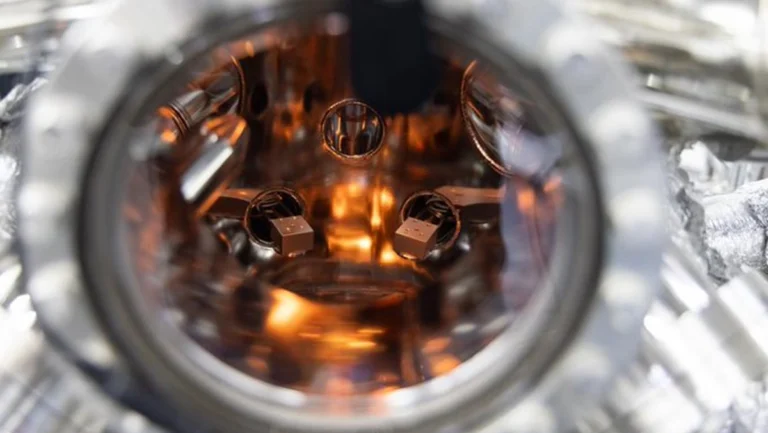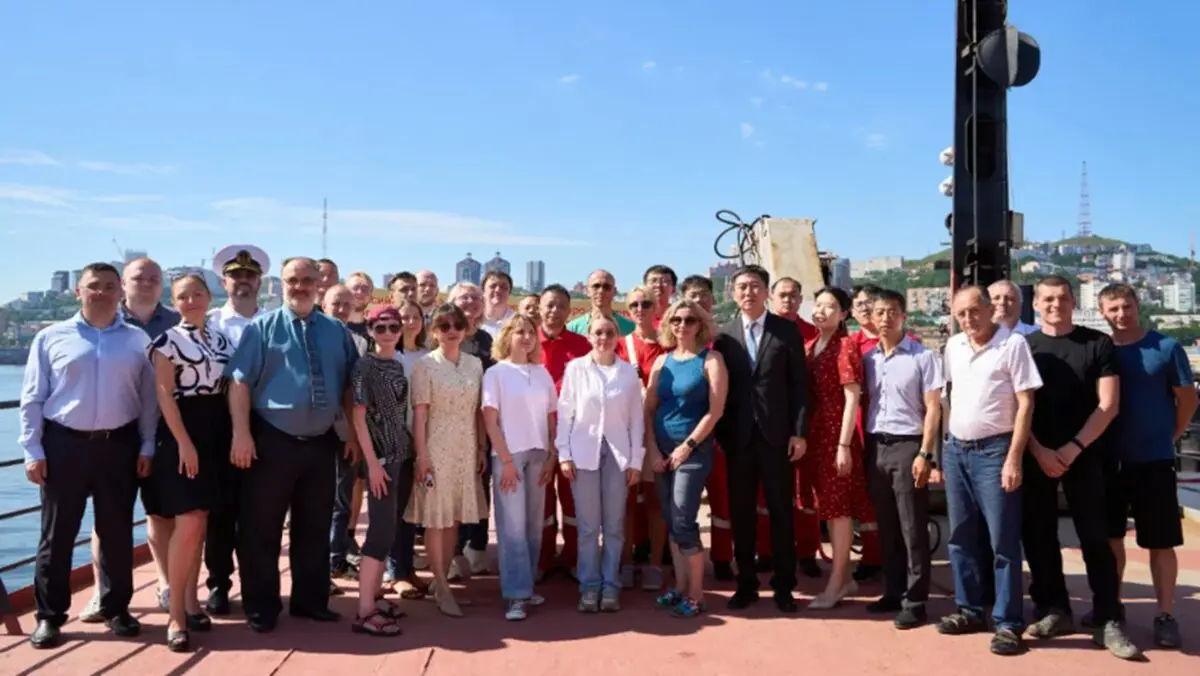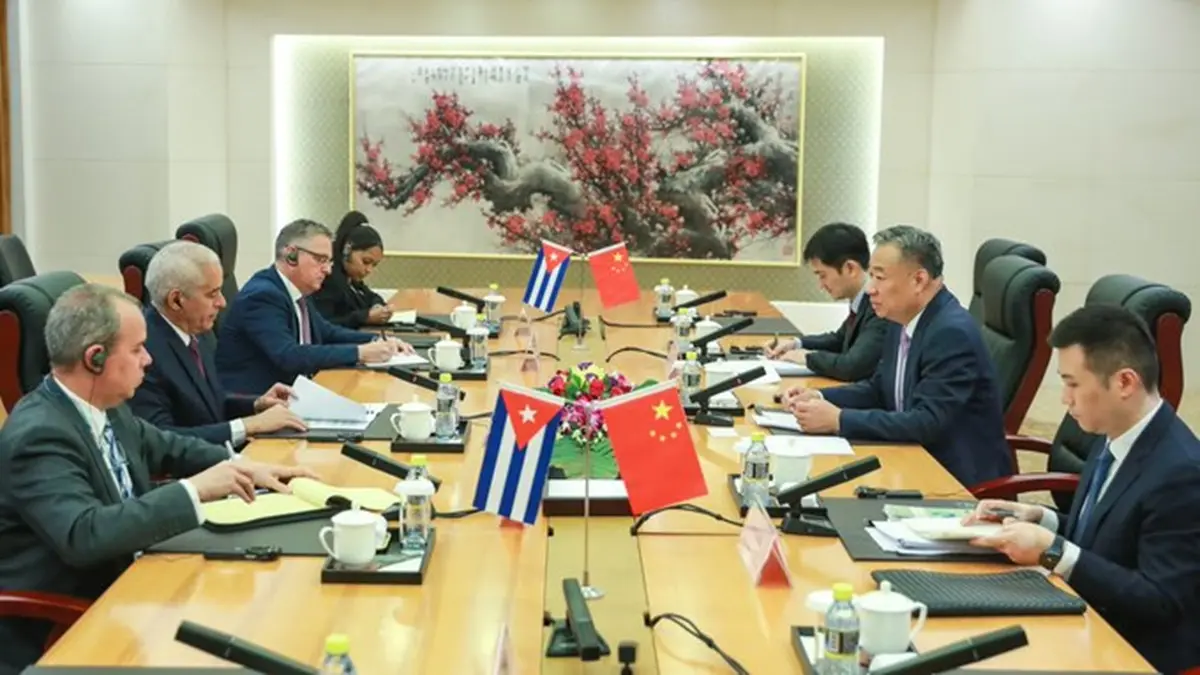China’s Large Scientific Facility Attracts Global Scientists for Cutting-Edge Research

X/ @ChineseEmbTZ
July 22, 2025 Hour: 2:39 pm
SECUF integrates extreme experimental conditions such as ultralow temperatures and ultrahigh magnetic fields.
The Synergetic Extreme Condition User Facility (SECUF), a major scientific infrastructure in Beijing’s suburban district Huairou, has attracted scientists from multiple countries to conduct cutting-edge research with its exceptional experimental conditions. A recent conference based on SECUF was held in Huairou, bringing together over 50 foreign scientists from 13 countries.
RELATED:
Cuban Ozonated Soaps: Another Achievement of Science in Cuba
SECUF, led and operated by the Institute of Physics (IOP) of the Chinese Academy of Sciences (CAS), is a comprehensive research infrastructure that integrates extreme experimental conditions such as ultralow temperatures, ultrahigh magnetic fields, ultrahigh pressures, and ultrafast optics.
The facility has provided over 350,000 hours of experimental services to domestic and international research teams since its full trial operation began in early 2023, according to IOP.
“SECUF is like an ‘all-rounder’ in scientific research. Its integrated capabilities across multiple extreme conditions are rare globally. This ‘one-stop’ research platform offers unique support for fundamental studies,” said Chen Xianhui, an academician of CAS and a professor at the University of Science and Technology of China.
Cheng Jinguang, deputy director of IOP, said that the essence of SECUF lies in its “openness and sharing,” which is completely consistent with the concept of international large-scale scientific facilities. Operating under international standards, SECUF opens global user applications twice a year. Proposals are reviewed and selected by a user committee, and all approved experiments are offered free of charge to global researchers.
“SECUF allows us to conduct experiments that cannot be done in Europe,” said Igor Vinograd, a young scientist from the Grenoble High Magnetic Field Laboratory in France’s National Centre for Scientific Research (CNRS), adding that SECUF enables far more complex and time-intensive precision experiments.
Yoshiya Uwatoko, a professor from University of Tokyo, affirmed SECUF’s global standing. He said that SECUF is a world-class research facility vital to the international condensed matter physics community.
Its stable high magnetic fields, combined with low-temperature capabilities and high-precision measurement systems, allow scientists to probe subtle quantum states under pressure. Its ability to maintain experimental conditions over extended periods is invaluable for pressure studies which have extremely high requirements for precise control and stability, Uwatoko said.
“China has become a global leader in materials research and experimental infrastructure. Collaborating with Chinese institutions grants access to cutting-edge facilities like SECUF. Such partnerships accelerate discovery and foster long-term scientific exchange,” he added.
In 2024, IOP and the Max Planck Institute for Chemical Physics of Solids in Germany established the Joint Research Center for Quantum Materials and Physics under Extreme Conditions, leveraging SECUF’s capabilities. Collaborative results have since been published in academic journals.
“SECUF’s hardware is outstanding and fully capable of supporting frontier research. What impressed me most was the team’s execution efficiency — from agreement signing to project implementation. This reflects exceptional scientific management professionalism,” said Sergey Medvedev, a senior researcher at the Max Planck Institute for Chemical Physics of Solids.
Ariando Ariando, a professor from the National University of Singapore, highlighted that China’s advancements in physics over the past two decades — both in research caliber and experimental facilities — have been astounding.
“SECUF’s high-pressure and high-magnetic-field capabilities are precisely what our quantum research requires. We look forward to fruitful collaboration,” he said.
In February this year, SECUF passed national acceptance inspection and is now fully operational. To create a seamless “barrier-free” soft environment, it is making efforts to enhance its global accessibility include optimizing its English website, preparing comprehensive English manuals, and ensuring all facility signage includes English descriptions.
As a new facility, the experimental hours of international users at SECUF currently account for 3 percent to 4 percent of the total hours. This proportion is planned to increase to 20 percent by 2030, transforming the facility into a broader global scientific stage.
“We warmly welcome experts and scholars worldwide to conduct research here and share their valuable insights,” said Fang Zhong, a CAS academician and director of IOP.
teleSUR/ JF
Source: Xinhua






